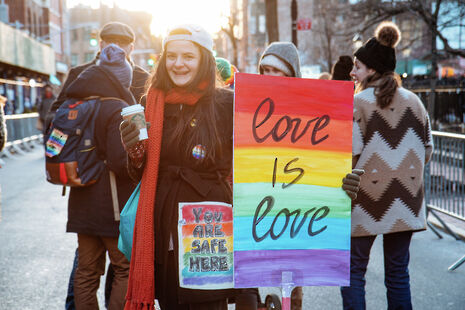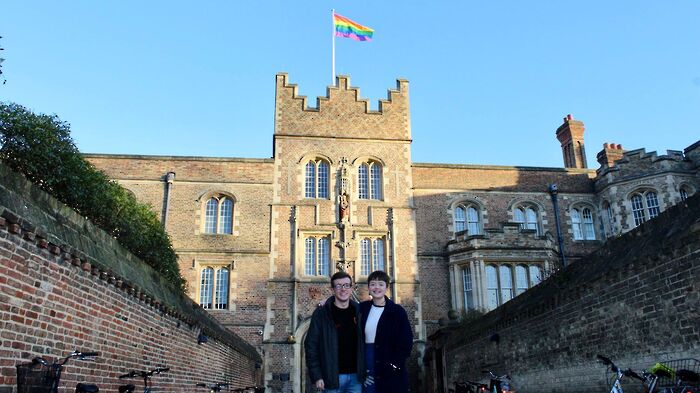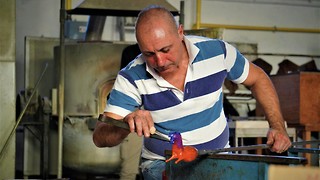The challenges facing queer women in Cambridge
Cait Findlay, the outgoing women’s officer of CUSU LGBT+, describes the challenges faced by queer women at Cambridge

Female queerness occupies, as it has always occupied, an uneasy space between invisibility, acceptance, and fetishisation. Responses to coming out as a queer woman are coloured on a spectrum from ‘but you don’t look gay’ to ‘so how do lesbians have sex?’. Additionally, levels of (in)visibility affect the perceived legitimacy of our identities, as well as how comfortable we feel within the community. As the epitome of the stereotypical tomboyish lesbian with short hair, I never feel that I’m not ‘gay enough’ to occupy LGBT+ spaces, but know many a queer gal who bemoans their ‘straight-passing’ appearance. It’s difficult to tease out the strands which make up the complicated and inconsistent mess of attitudes towards queer women, standing at the intersection between queerphobia and misogyny.
“We need to follow through on our promises and ensure that everyone under our broad umbrella feels safe, welcome, and celebrated”
At Cambridge, there seem to be a few specific problems, perpetuated from without and within the LGBT+ community. The most serious in recent terms have been reports of queer women being harassed at clubs. The most frustrating are instances where bouncers reprimanded queer women for kissing, even at Glitterbomb, Cambridge’s only LGBT+ club night. Apparently they interpret displays of affection between two female-appearing people as representative of drunkenness: this is erasure and ignorance at its most blatantly sexist. Reporting harassment is not as straightforward (pun intended) as it should be; queer women are understandably reluctant to put in the emotional energy necessary to explain what has happened, particularly when they are wary of dismissive responses and insufficient preventative measures.
From within the community, we need to do more to support women who are questioning, who are on the verge of coming out, or who don’t feel ‘queer enough’ to access LGBT+ spaces. From my perspective as the outgoing Women’s Officer of CUSU LGBT+, a major barrier to inclusivity and participation within the community is the assumption that coming to Cambridge somehow liberates students from restrictive school and home environments, meaning that we can all blossom into confident queers comfortable with the visibility and exposure that might follow from attending LGBT+ events. Not everyone starts at university entirely self-assured and ready to bounce gaily along to LGBT+ events; we need to create spaces where everyone feels welcome, no matter how many toes they have out of the closet. It’s important to recognise that feeling welcome in queer spaces is a privilege that not everyone enjoys.
In terms of what we can do to counter the issues faced by queer women, even in a relatively accepting environment like Cambridge, it’s difficult to lay out distinct measures because so many of the issues are, as I have outlined, couched in the nebulous interactions of invisibility, acceptance, and sexualisation. The immediate concrete action we need to take is to protect and stand up for victims of harassment, while remaining sensitive to their potential reluctance to report and challenge queerphobic and sexist behaviour. More generally, it’s important to recognise that female queerness is not a uniform identity, just as it doesn’t have a uniform appearance. If the watchword of the LGBT+ community is inclusivity, we need to follow through on our promises and ensure that everyone under our broad umbrella feels safe, welcome, and celebrated
 Comment / The (Dys)functions of student politics at Cambridge19 January 2026
Comment / The (Dys)functions of student politics at Cambridge19 January 2026 News / Local business in trademark battle with Uni over use of ‘Cambridge’17 January 2026
News / Local business in trademark battle with Uni over use of ‘Cambridge’17 January 2026 Arts / Exploring Cambridge’s modernist architecture20 January 2026
Arts / Exploring Cambridge’s modernist architecture20 January 2026 Features / Exploring Cambridge’s past, present, and future18 January 2026
Features / Exploring Cambridge’s past, present, and future18 January 2026 News / Your Party protesters rally against US action in Venezuela19 January 2026
News / Your Party protesters rally against US action in Venezuela19 January 2026









